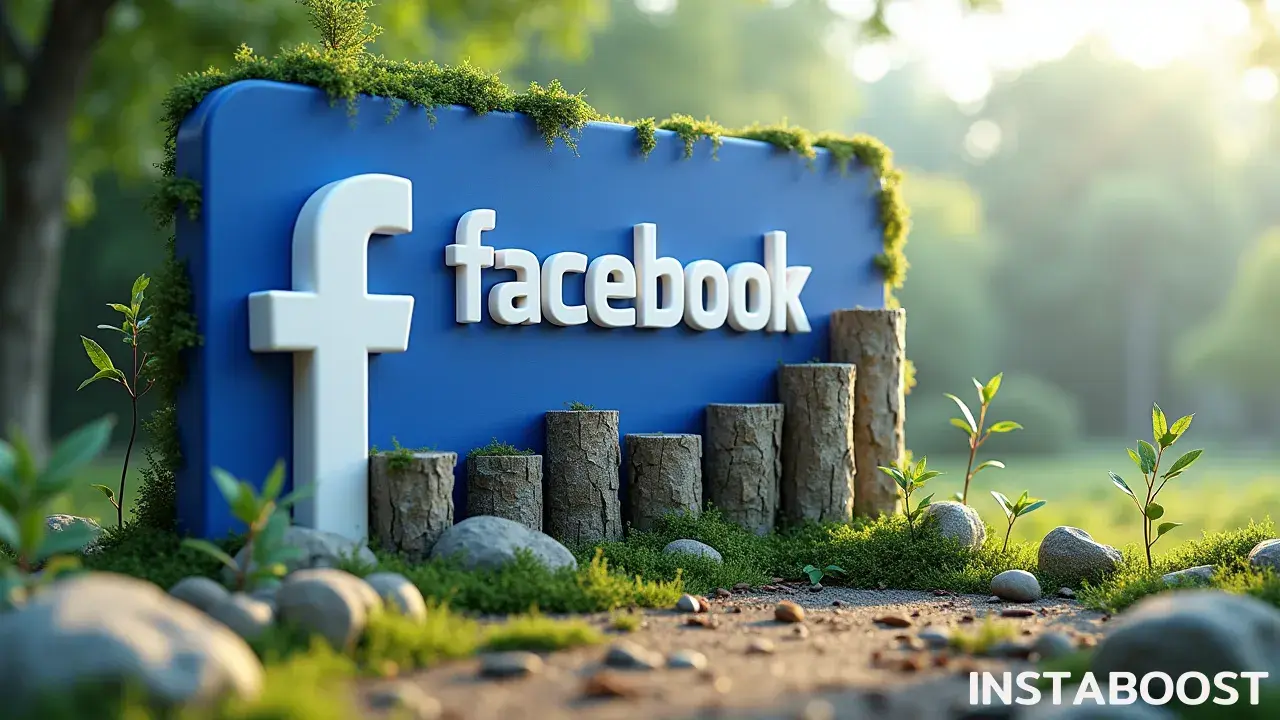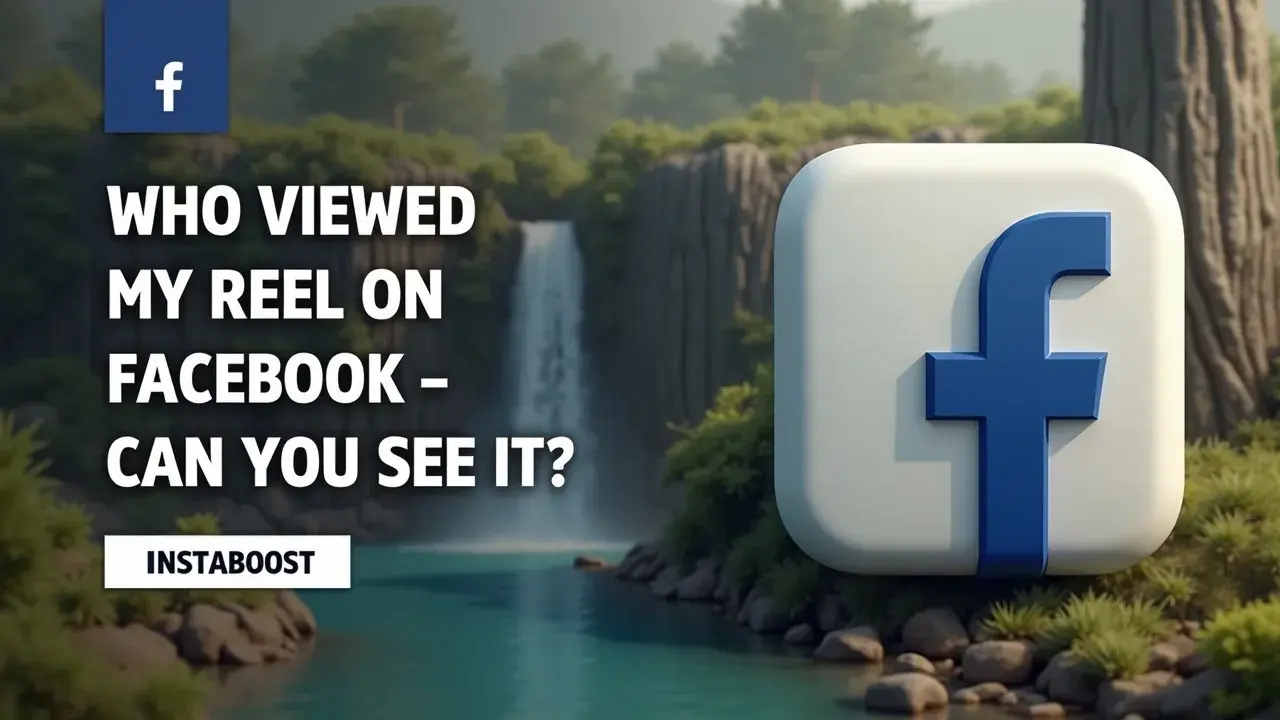Can You See Who Viewed My Reel on Facebook?
Viewer details for Facebook Reels are limited, but performance insights still inform decisions. You can observe aggregate signals such as watch time patterns and when audiences tend to appear, which helps refine timing and content choices. Up-to-date Facebook board details clarify coverage and support cleaner reads without exposing individual viewer identities. Focusing on patterns and engagement metrics is the smart path to improve fit and steady growth.
Why Viewer Visibility Matters More Than You Think
You clicked a Reel that took off, comments started piling up, and now you’re wondering who actually watched it. That instinct isn’t vanity. It’s strategy. Whether Facebook shows exact viewer identities or only aggregates, you still get the same actionable signal: attention with context.
When you match what you post to when your audience shows up and how long they stay, each upload gets sharper; small wins accumulate when you tighten creative loops and make your Facebook page shine through consistent framing, timing, and feedback. Treat “who viewed my Reel on Facebook” less like a simple toggle and more like a lever you pull through fit, timing, and measurement. Start with what you can confirm. Retention curves, unique viewers, shares, and real comments prove interest beyond a quick scroll.
Then add smart pairings like creator collabs that tap overlapping audiences, targeted promotion to seed early momentum, and clean analytics to separate curiosity from commitment. If you invest with boosts, short trial tools, or qualified add-ons, match spend to a testing loop. One hypothesis per Reel, a defined audience slice, and a stop or start rule based on watch time and completion rate. The goal isn’t to chase names. It’s to pattern-match behavior that repeats. A burst of views without replies points to a hook that outpaces substance.
Strong replies with moderate reach mean you’re resonating, and a tasteful nudge can scale it. Search interest around “can you see who viewed your Facebook Reels” spikes when formats change, so keep an eye on policy updates and creator dashboard notes. They often unlock more granular breakdowns, even if not face-by-face lists. Used this way, visibility – whatever the current label – becomes a practical compass. You publish with intent, read the room faster, and turn each Reel into clearer proof of what your audience wants next.

Trust Signals: What Facebook Actually Shows (and How to Use It)
Every miss taught me more than any win. On Facebook Reels, that means knowing which signals actually matter. You won’t see a tidy list of viewers, but you do get cues that build credibility: public comments and shares, private retention curves, 3-second plays versus longer holds, follows after a view, and tap-throughs to your profile.
Those are the trust signals – proof your Reel didn’t just get swiped past. If you treat “who viewed my Reel on Facebook” as a stand-in for who stayed, commented, followed, or rewatched, you shift from curiosity to control. The smarter move is to match your creative to retention signals, reply to real comments to seed better conversations, and collaborate with creators who speak your audience’s language; some teams even sanity-check traction against third-party benchmarks such as affordable Facebook followers to buy to contextualize growth patterns, then focus back on watch-time and comments. Layer in targeted promotion from reputable partners when your hook and watch time are already strong.
Paid reach amplifies fit. It doesn’t fix it. Keep your analytics clean by separating organic and boosted performance, tagging tests, and posting when your crowd reliably shows up. The crisp insight is that identity is less useful than momentum. Early momentum from a tight first second and a clear payoff beats knowing names, and it compounds when your testing loop is short and honest. If you want a nudge, run a short trial with qualified tools or agencies to validate timing and thumbnails, then scale what holds attention. Credibility isn’t a badge. It’s a pattern your audience recognizes across posts, comments, and retention. That pattern is what the Facebook algorithm trusts too, which is why consistent framing, measured boosts, and clean reads push each Reel further than the last.
From Curiosity to Control: A Practical Play for Viewer Clarity
You won’t find this in generic playbooks. Treat “who viewed my Reel on Facebook” as a targeting question disguised as a privacy limitation – you don’t need names if you can engineer patterns. Start by pairing retention signals with next-step actions. Use 3-second plays to test your hook, 25% and 50% holds to judge narrative strength, and follows after a view to confirm fit.
Then set a weekly testing loop. Cut the same core idea three ways, post in different dayparts, and use comment prompts that invite specifics. “Which part made you watch twice?” consistently outperforms vague asks. Treat real comments as qualitative fuel, not vanity. If replies echo the same phrase, thread it into your next hook. For accelerants, a small, targeted promotion works when aimed at saved audiences that previously delivered above-median watch time, and remember that vanity metrics distract more than they direct even when people whisper about things like order Facebook likes today as a shortcut.
Pick reputable placements and cap spend to protect signal quality. Collaborate with creators whose audiences show long holds in your niche – cross-post and use tap-through to your profile as the north star. Keep analytics clean. Tag each creative with a simple UTM or naming scheme so you can trace spikes in shares or saves without guessing. If your Reel shows early momentum, resist over-editing. Ship a fast follow-up that mirrors the winning beat and timing window.
Private retention curves and public shares are your trust signals – use them to shape the next upload’s first three seconds, not to chase ghost lists of viewers. This is how you make your Facebook page shine. Tighten the loop, stack small wins, and let aggregated attention guide your content, cadence, and qualified boosts until your “can you see it?” question becomes “can they miss it?”
Stop Chasing Names: Start Reading Signals
This didn’t feel brave. It felt desperate. Refreshing “who viewed my Reel on Facebook” is like refreshing an inbox for a message that won’t come, and it eats time you could spend shaping the story the algorithm actually understands. The platform won’t hand you identities, but it will reward you if you show you fit.
Think higher retention, authentic comments, shares that travel outside your circle, and follows after a view. Treat that as your scoreboard. If you’re considering a shortcut, use it with intention. A small, targeted promotion to a lookalike or interest cluster paired with clean analytics and creator collabs is a lever, not a crutch, and even if you buy views to improve impressions the signal only compounds if the creative earns real holds and actions. It works when the hook earns 3-second plays and your midpoint keeps 25 – 50% of viewers. The pushback here is simple.
“Who viewed my Reel on Facebook” isn’t a privacy wall. It’s a strategy prompt. You can reverse-engineer audience shape without names by cutting one concept three ways, posting at staggered dayparts, and watching which version spikes comments with specifics. Set your guardrails. Reply to real comments fast, pin one that clarifies value, and trim anything that tanks the retention curve before the payoff. If you need accelerants, choose reputable partners and narrow objectives.
Reach for discovery, but optimize for holds and tap-throughs to your profile. That pairing compounds early momentum. One non-obvious insight worth keeping in mind: the cleanest proxy for “who” is “what they did next.” A follow after a 50% hold is a stronger identity signal than any viewer list. Build for that sequence, and the right people will surface themselves.
From Curiosity to Compound Advantage
This is the last line. Unless you make it the first. If the question “who viewed my Reel on Facebook” pulled you in, let it push you into a tighter loop: use what the platform gives, prove fit, and bank compounding gains. Treat every upload as a controlled test. Keep the core idea, make three edits, stagger dayparts, then act on what watch time and comments reveal – not what identities would’ve told you. When your 3-second hook consistently earns a 25% hold and nudges half-view completion, you’ve earned the right to add accelerants.
That can be a small, targeted promotion from a reputable partner matched to the audience segment that already holds, or a creator collab whose followers write in full sentences, not just emojis. That pairing works when your analytics are clean: clear UTMs, separate budgets for testing and scaling, and a simple safeguard like capping frequency to prevent fatigue, while platform-native tools and research can quietly amplify your post visibility as you validate what actually moves. If you want quicker reads, a qualified social listening tool can surface themes in comments so your next cut lands sharper without guessing.
The payoff isn’t theoretical. Higher retention plus authentic replies plus saves and shares moves your Reels into fresh feeds where fit compounds. Keep refreshing your testing loop weekly, cut what stalls, and double down on the cut that wins follows after a view. You didn’t need names to get here – you engineered patterns. That’s how you answer the real search intent behind “can you see it?” by turning signals into a system that times your posting, narrows your targeting, and grows reach with fewer, smarter moves.















